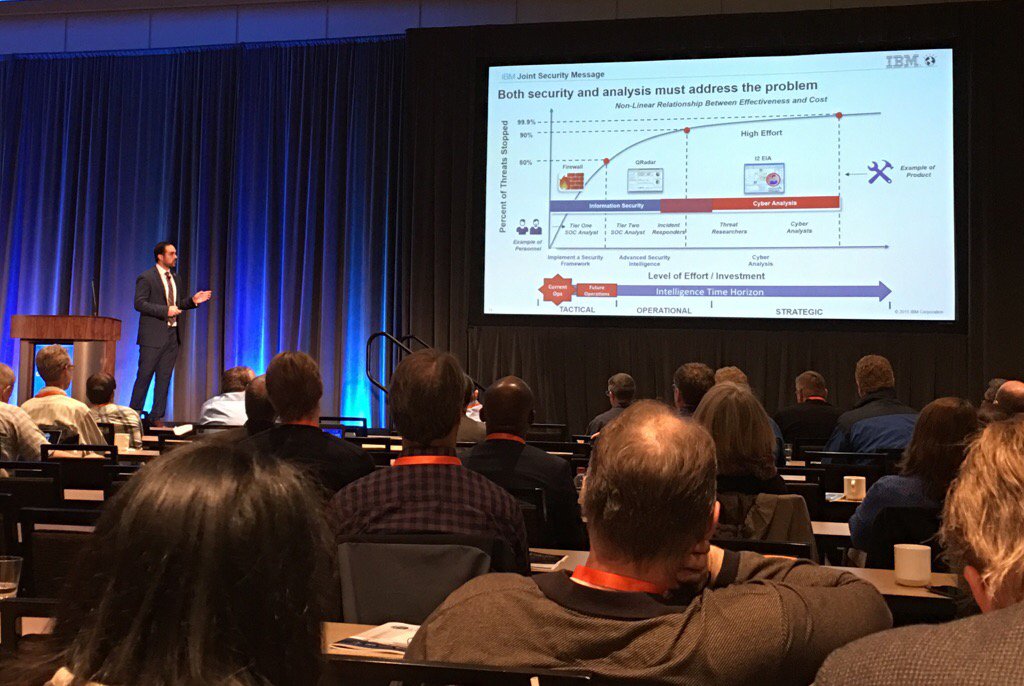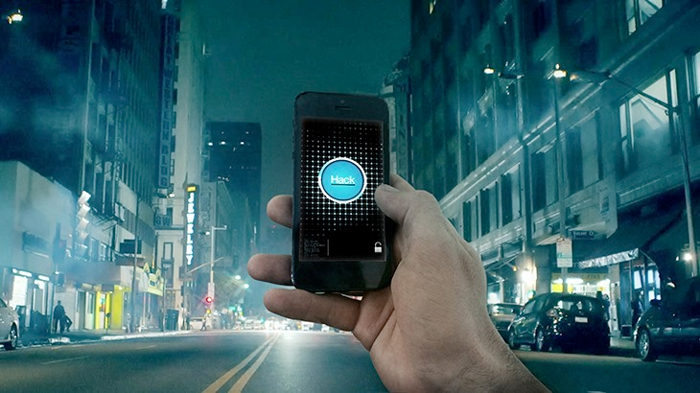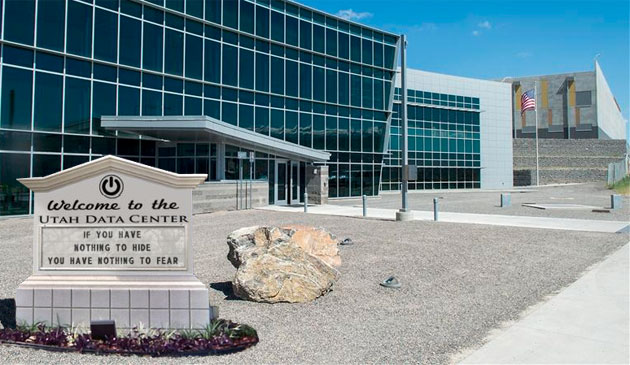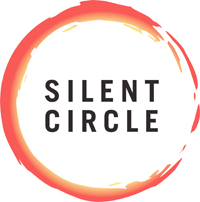 The Cyber Security Summit 2016 was this week and Minnov8 covered the event. Cyber security is more important now than ever before, and this event reflected heightened interest in this topic and the information presented didn’t disappoint.
The Cyber Security Summit 2016 was this week and Minnov8 covered the event. Cyber security is more important now than ever before, and this event reflected heightened interest in this topic and the information presented didn’t disappoint.
The Summit is a public-private collaboration, whose founding partner was the University of Minnesota’s Technological Leadership Institute, and is an event which enjoys strong support from industry, government, and university leaders who gather from across the U.S. to pool their knowledge. It was started at a time when ”cybersecurity” was not yet a household word. In 2011, Minnesota thought leaders saw that the issue needed to be addressed. That prediction has proven prescient, and as a result the Summit has grown significantly since it was founded.
The Summit started on Tuesday with a Cyber Security Town Hall, a time to have a discussion about strategies, opportunities and obstacles with cyber security. It was followed by a VIP reception for those who had purchased the all-access pass. Wednesday and Thursday were sessions were a number of keynotes with focus on such topics as: privacy vs. security; assuming you’re breached so now what do you do?; how to attract and retain talent; and several sessions and talks on the size, scale and scope of cyber attacks by a myriad of experts on the subject.
Still, the afternoon on Tuesday dedicated to small business and cyber security was a welcome addition. This “Small Biz Forum” saw the U.S. Small Business Administration’s district director speak about the need for diligence about cyber security, a good overview of how to keep your business free of viruses, scams and breaches, a session on cyber insurance, and ending with a panel answering questions from the audience (very informative). It was a lot more practical than the more “big picture” general session keynote talks and there was a lot of positive buzz during and afterwards about this afternoon.
Though all of the talks were interesting and enlightening, I’d actually expected breakout sessions that would enable we attendees to deep-dive in to specific cyber security areas which would have provided more solution-oriented information. There were few best-practice presentations, specific step-by-step action lists or mentions, and most of the talks were fairly general in tone.

Bob Stasio, Worldwide Senior Product Manager for IBM’s i2 Enterprise Insight Analysis & Cyber Threat Intelligence SME
That said, just one example of an interesting and enlightening presentation was by Bob Stasio, Worldwide Senior Product Manager for IBM’s i2 Enterprise Insight Analysis & Cyber Threat Intelligence SME and a guy from the private sector who used to head up threat intelligence programs at Bloomberg and global financial firms, and someone with deep government experience having held positions at NSA’s Cyber Center, U.S. Cyber Command, U.S. Army’s Signals Intelligence Corps, the FAA, and NASA.
Listening him layout their capabilities and offerings, one begins to appreciate the scope, scale and cost of fending off cyber attacks. There is a lot at stake and it was a bit stunning to learn that most compromised corporate networks have, on average, attackers who have been in the network for nearly one year before being discovered. Based on all that he’s been involved in and privy to with respect to cyber security, I would have loved to buy him a beer and talk for a few hours!
Like most conferences of this type much of the beneficial activity occurs during networking sessions and in the exhibitor space and this Summit was no exception. Some of the most profound and deeply interesting discussions had were talking to presenters or attendees in the hallway or exhibitor representatives in the trade show area. This was worth going to the Summit in-and-of-itself.
It’s really great to see a Summit of this caliber right here in Minnesota and you are encouraged to consider it for 2017!
 Serial entrepreneur
Serial entrepreneur 
 As if it wasn’t already bad enough that our own National Security Agency (NSA) is collecting everything digital that we produce online (e.g., emails; SMS; metadata; Facebook posts), now
As if it wasn’t already bad enough that our own National Security Agency (NSA) is collecting everything digital that we produce online (e.g., emails; SMS; metadata; Facebook posts), now 
 While one, sweeping problem is the NSA collecting everything (both encrypted and unencrypted) it goes way beyond that because of what those German researchers found which is worth repeating: that anyone with the requisite skills and resources can hack the mobile networks and eavesdrop on (or record) mobile calls.
While one, sweeping problem is the NSA collecting everything (both encrypted and unencrypted) it goes way beyond that because of what those German researchers found which is worth repeating: that anyone with the requisite skills and resources can hack the mobile networks and eavesdrop on (or record) mobile calls. There are no shortage of apps for both iOS and Android. One that stands out (and one I personally trust) is from a company called
There are no shortage of apps for both iOS and Android. One that stands out (and one I personally trust) is from a company called